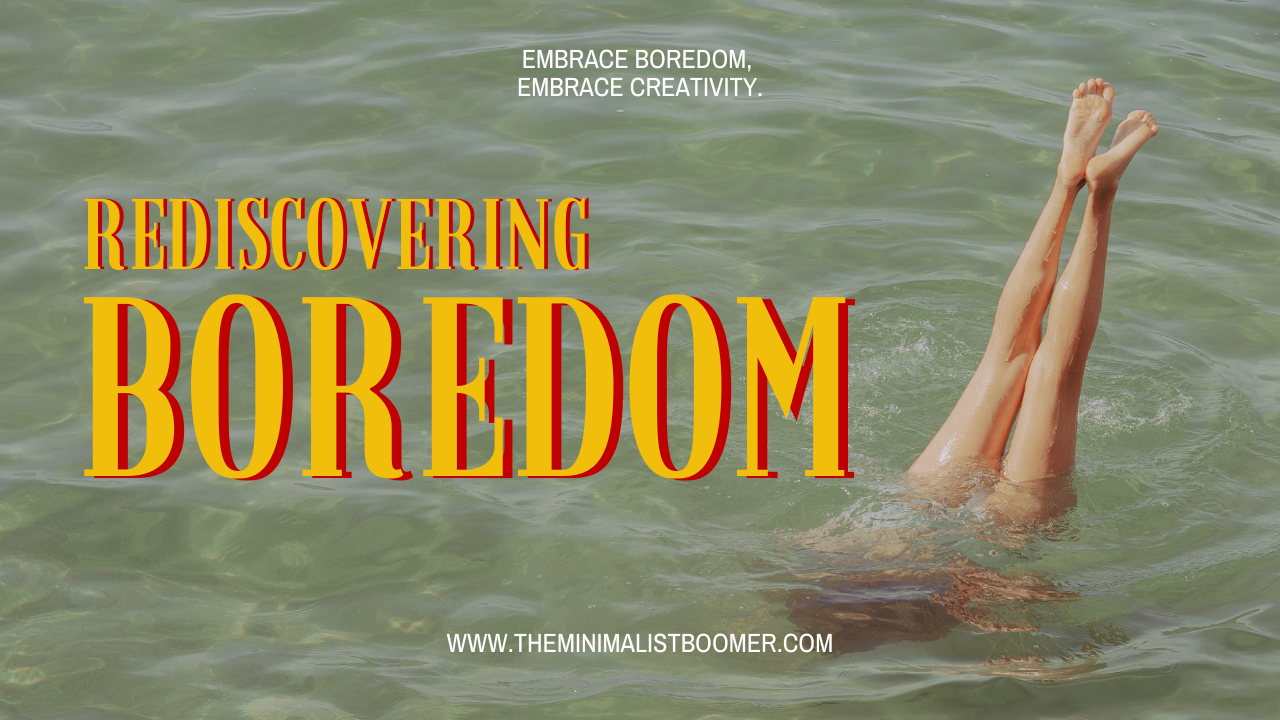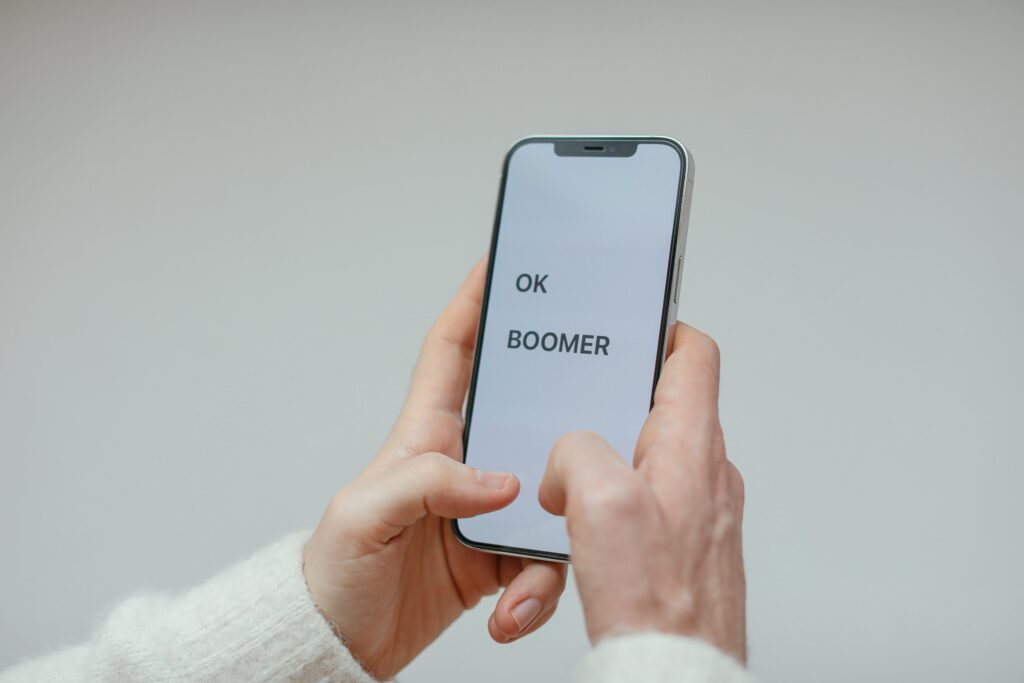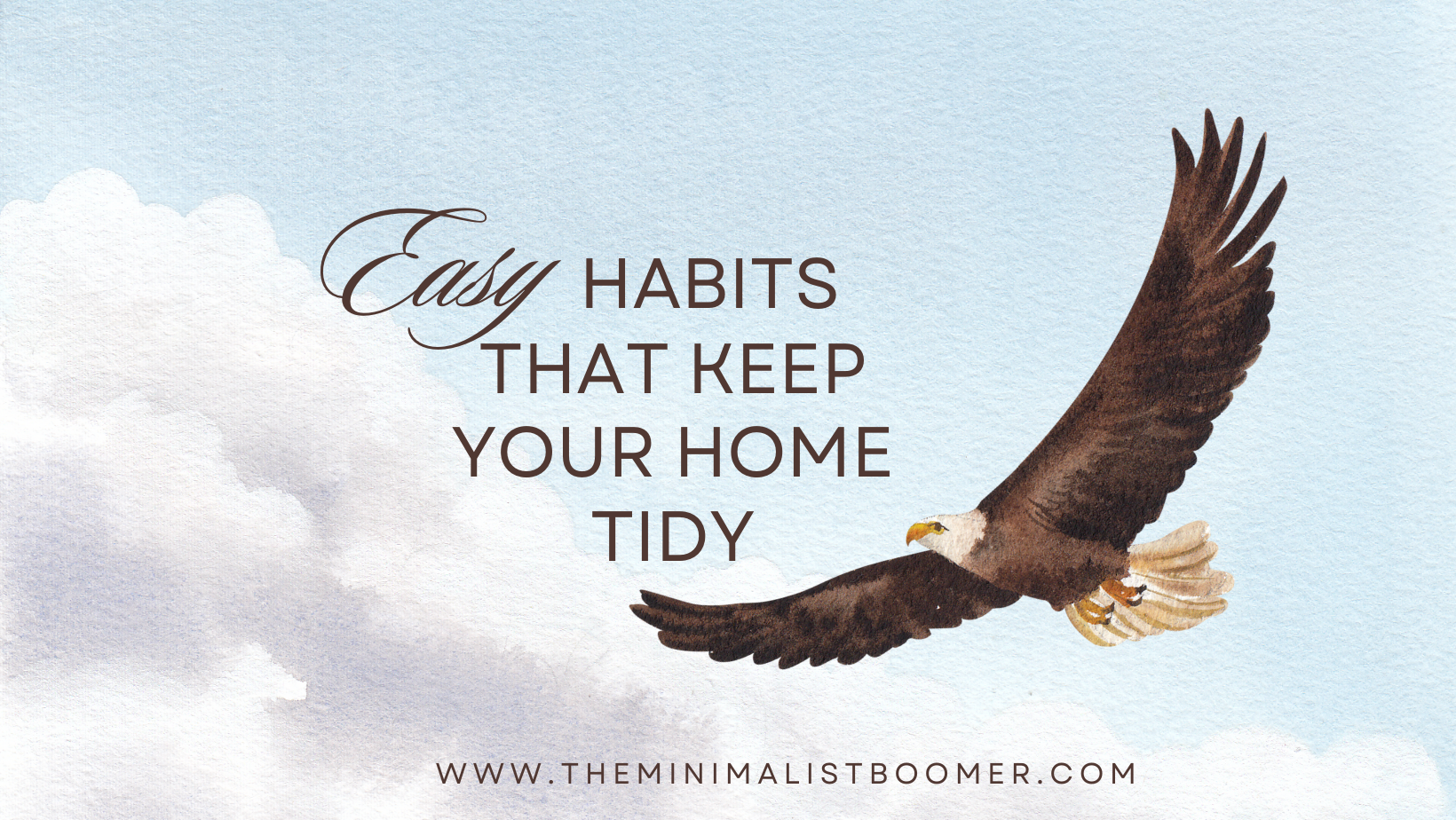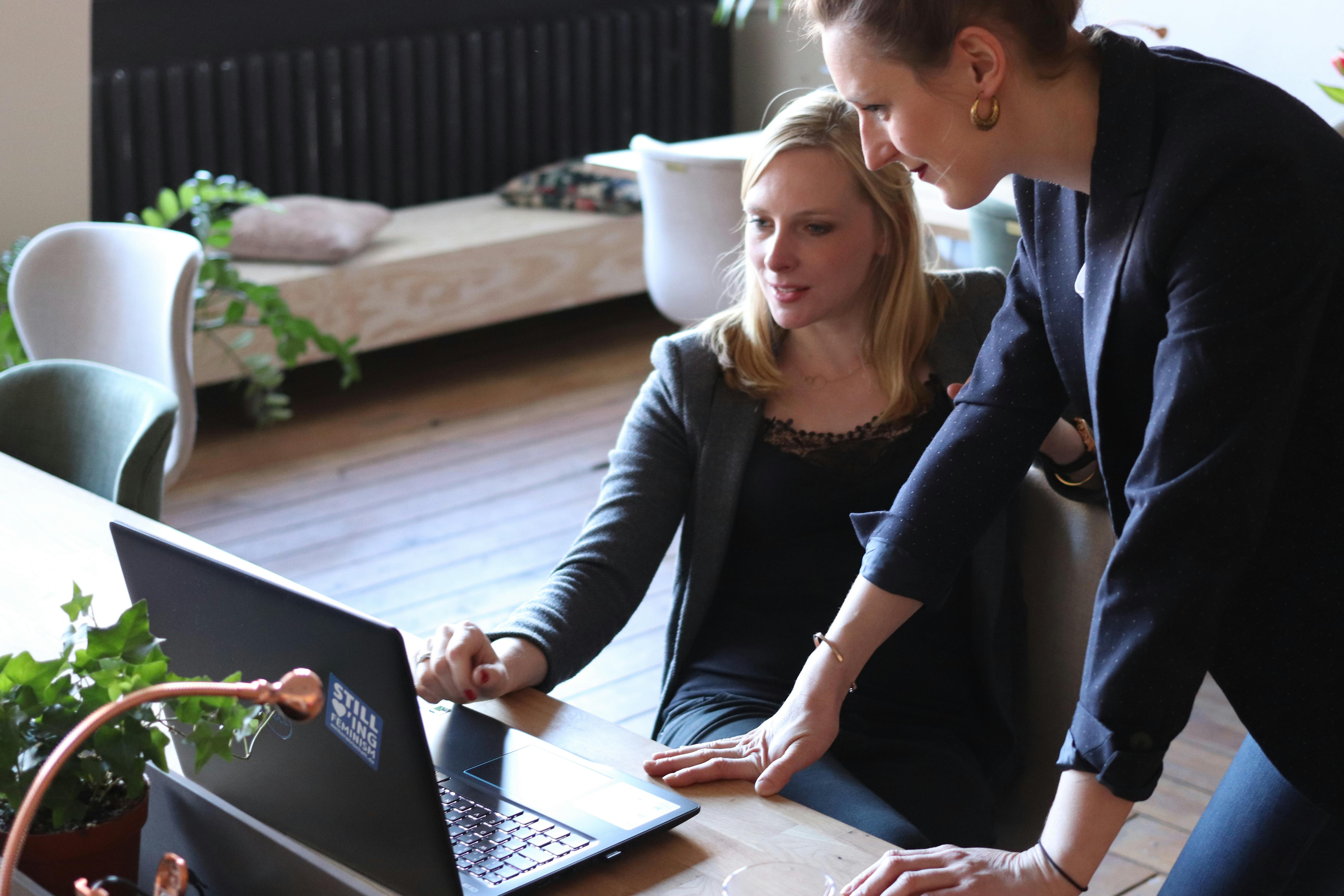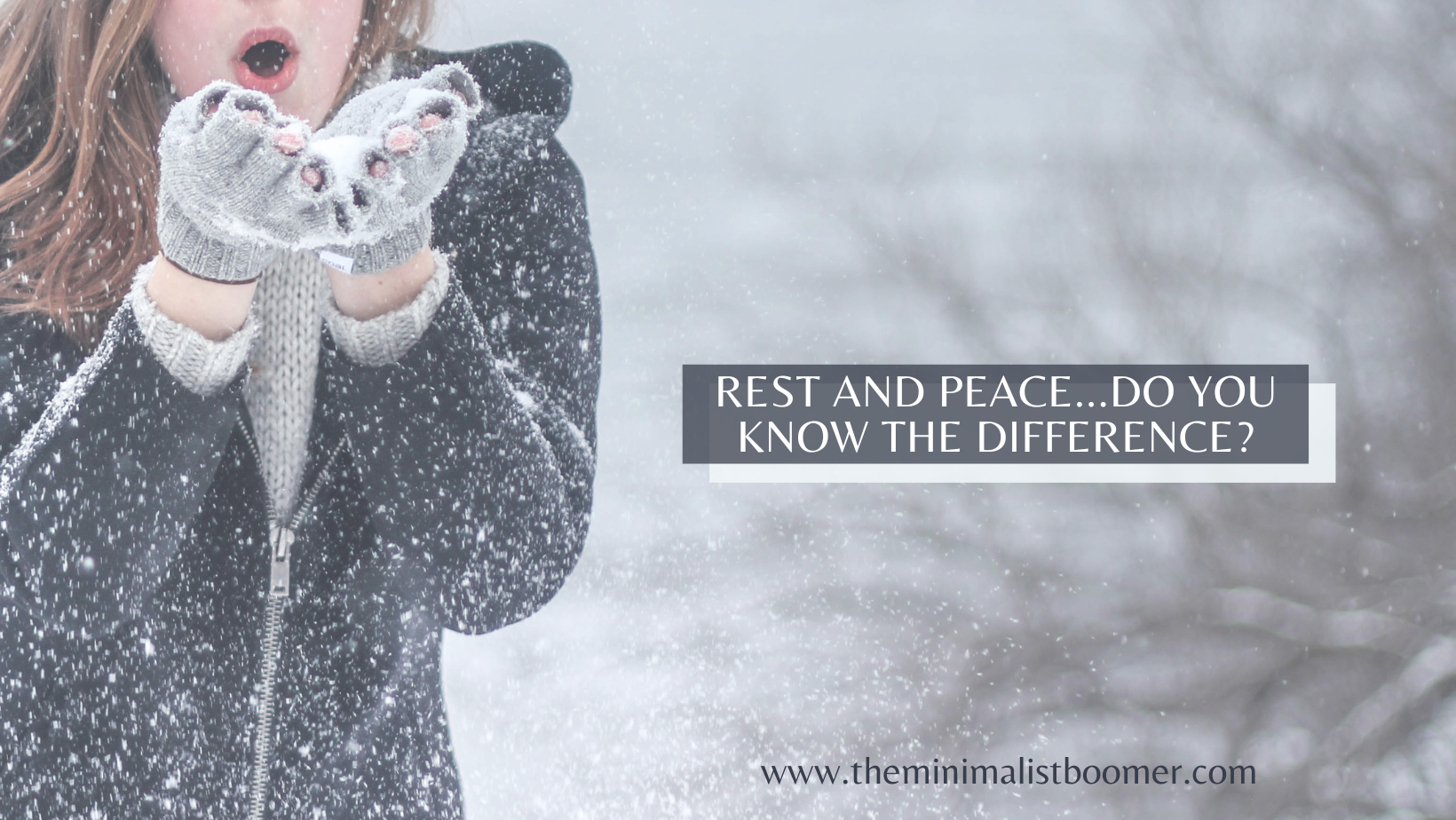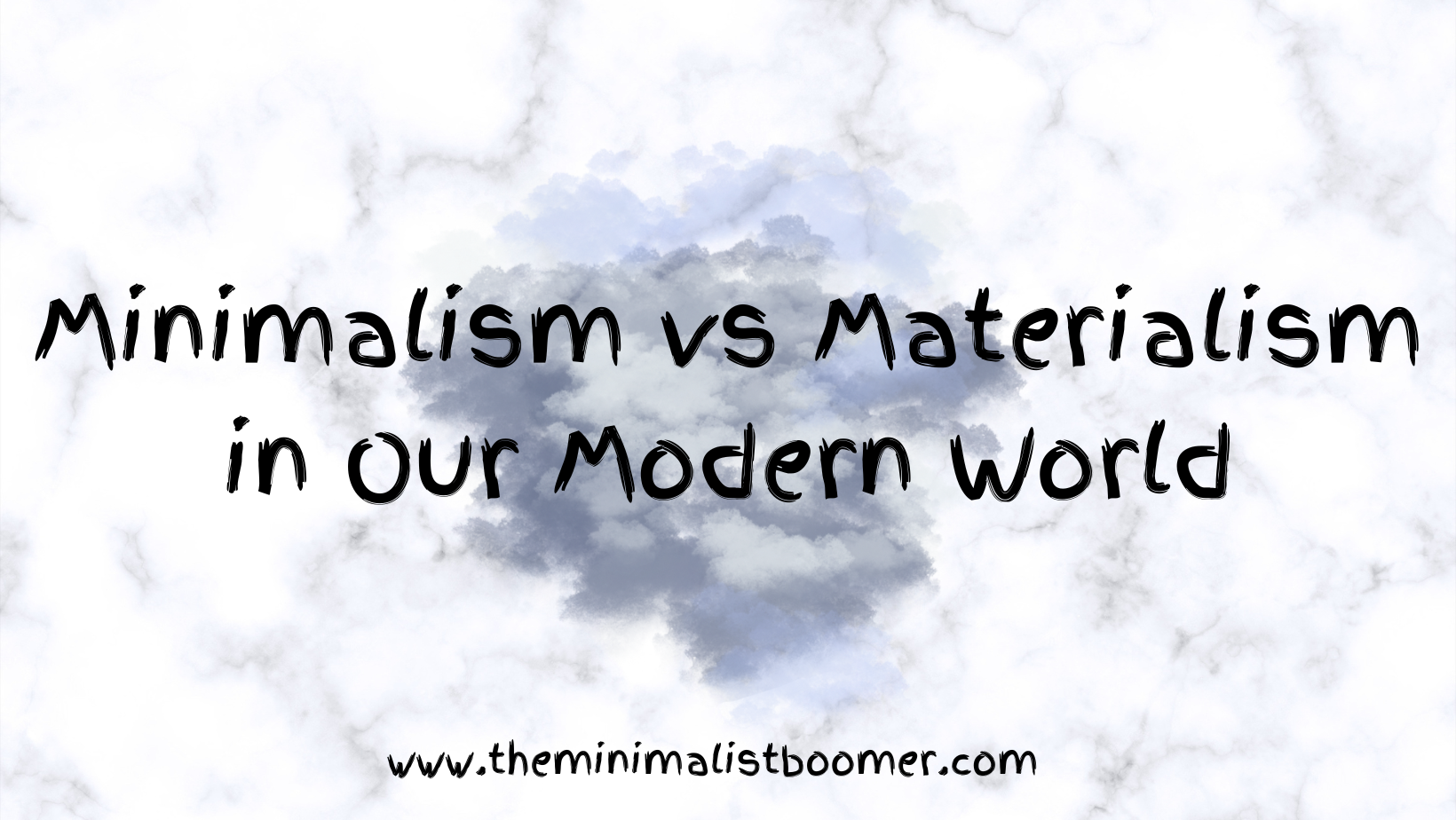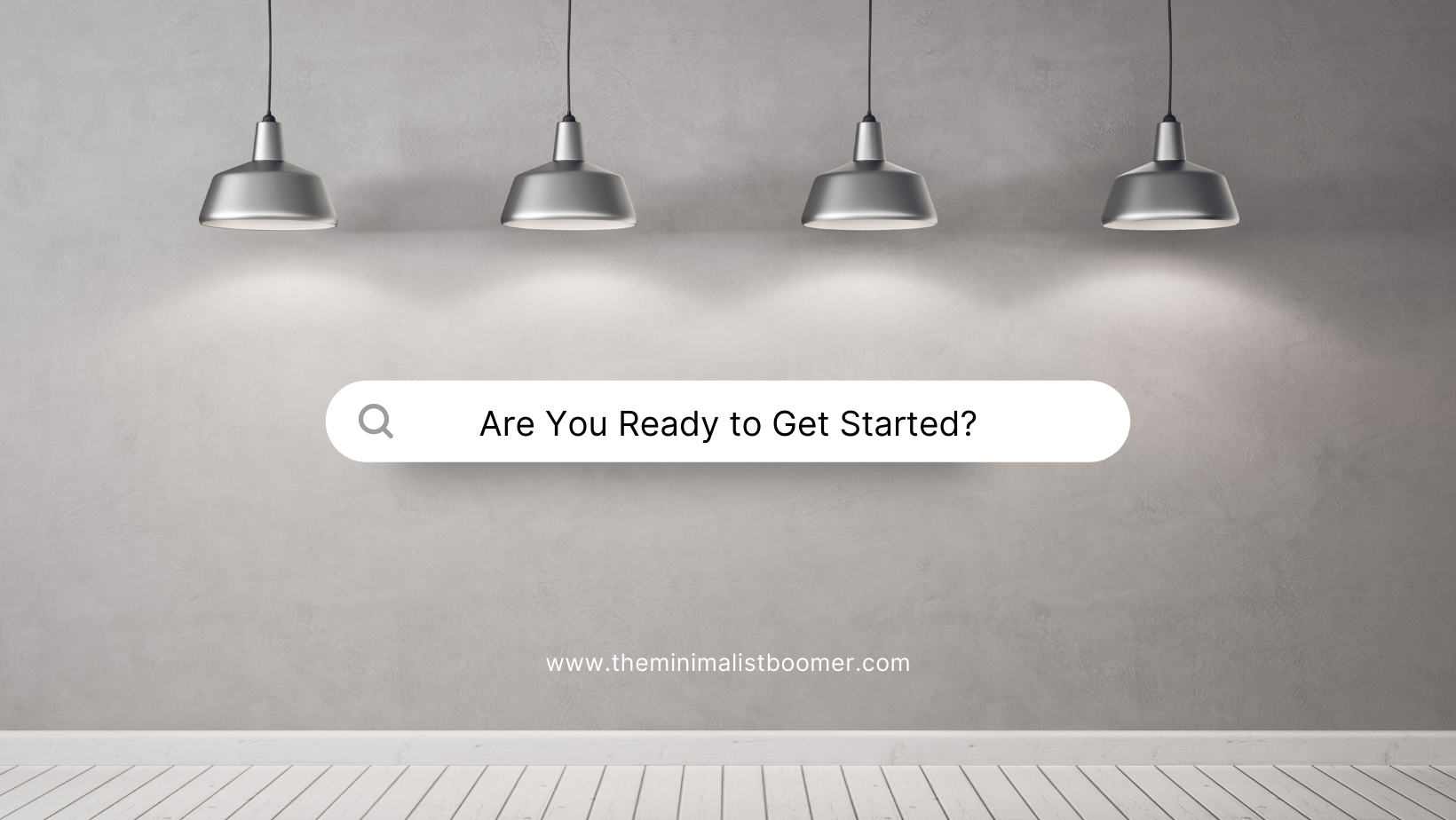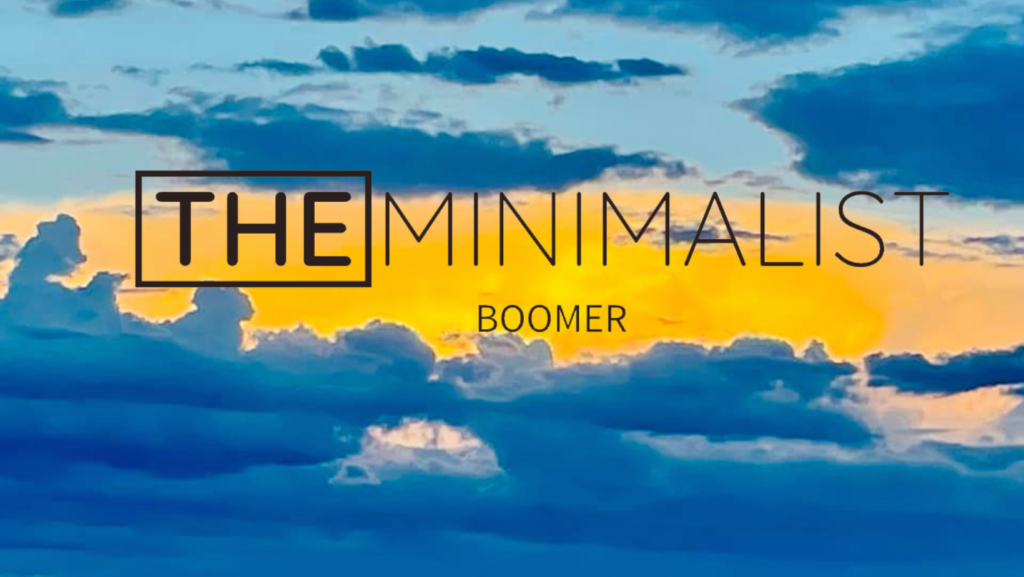Embrace Boredom: Unleashing the Creative Power Within
“I’m bored!” How many times have you heard that? My standard response was always, “Boredom is between your ears!” I would always encourage the “bored” individual to get up and find something creative to do. We can all discover our ‘best selves’ while in this state of boredom.
Have you ever considered the magic that lies within moments of sheer boredom? It’s in those seemingly mundane instances that our minds are free to wander, to dream, to create. Embracing boredom isn’t about idleness; it’s about giving our imagination the space it craves to flourish.
In a world filled with constant stimulation and distractions, boredom has become a rare commodity. Yet, it is during these moments of quietude that our most original ideas take shape. By allowing ourselves to sit with our thoughts, we invite in a wave of inspiration that can lead to breakthroughs in creativity.
Daydreaming, often shunned as a lack of focus, serves as a playground for our minds. It is in these reveries that we explore the realms of what could be, paving the way for innovation. Embracing boredom doesn’t dull our senses; instead, it sharpens our ability to think beyond the ordinary. So, let’s welcome moments of stillness, let’s invite in the quiet, and let’s allow boredom to be the catalyst for our most extraordinary creations.
Unleashing the Power of Boredom
Have you ever found yourself mindlessly staring into space or aimlessly fidgeting, feeling the weight of boredom dragging you down? Many of us have been conditioned to view boredom as a negative state, something to be avoided at all costs. However, what if I told you that embracing boredom could be the key to unlocking your most creative self?

Understanding Boredom’s Role
Boredom, often dismissed as a mere inconvenience, serves a crucial role in our cognitive processes. Boredom occurs when our brains crave stimulation and novelty, nudging us to seek out new experiences or engage in creative pursuits. Contrary to popular belief, boredom is not a sign of laziness or lack of productivity but rather a signal that our minds are yearning for something more. It is in these moments of mental idleness that our subconscious has the freedom to wander and explore uncharted territories of thought.
Embracing Originality: The Result of Boredom
Boredom often gets a bad rap, deemed as a state to be avoided at all costs. Allowing boredom to linger could be the key to unlocking your most original ideas. Embracing originality is not about seeking constant stimulation; it’s about allowing our minds the space to wander and daydream.

Embracing Boredom: A Gateway to Imagination
When we find ourselves in moments of stillness and boredom, our minds are free from distractions and noise. This emptiness allows our thoughts to meander, creating room for imagination to flourish. It’s in these quiet moments of boredom that we can tap into our innermost creativity and let our minds wander freely, unbound by the constraints of a busy schedule.
Nurturing Daydreams: Cultivating Creativity
Daydreams are often dismissed as unproductive, but they are a powerful tool for creativity. Allowing our minds to wander in boredom gives rise to daydreams, where we can explore newl ideas and possibilities. Daydreaming nurtures our creativity, enabling us to envision worlds beyond the ordinary and conceive ideas that push the boundaries of convention.
Creating Original Ideas: The Fruits of Boredom
“The monotony and solitude of a quiet life stimulates the creative mind.” – Albert Einstein

Originality stems from the ability to think differently, to see beyond the obvious, and to innovate where others dare not tread. Boredom serves as the fertile ground where original ideas take root and flourish. By embracing boredom, we invite the unexpected, the unconventional, and the unexplored into our creative process, paving the way for groundbreaking innovations and projects.
“There are no uninteresting things; there are only uninterested people.” – Stephen Covey

Embracing boredom is not just about enduring moments of dullness; it’s about leveraging the power of our minds to tap into a wellspring of our creativity. By allowing ourselves to just sit with boredom, we invite our imagination to run wild, paving the way for unexpected daydreams and groundbreaking ideas to take root. So, let boredom be that “spark between your ears” that ignites the flames of creativity within you, your ally in the quest for uncharted territories of the mind. Always use it to your advantage.

